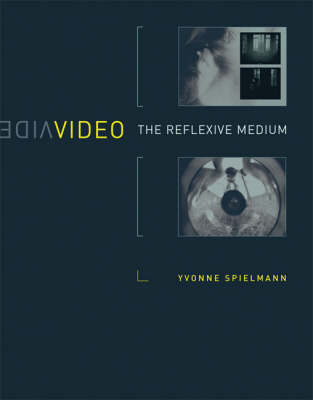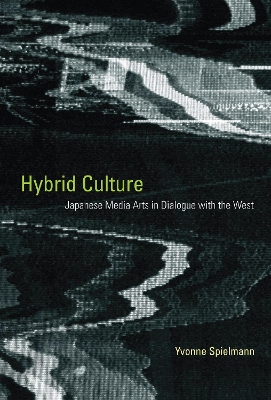Leonardo
2 total works
An argument that video is not merely an intermediate stage between analog and digital but a medium in its own right; traces the theoretical genealogy of video and examines the different concepts of video seen in works by Vito Acconci, Ulrike Rosenbach, Steina and Woody Vasulka, and others.
Video is an electronic medium, dependent on the transfer of electronic signals. Video signals are in constant movement, circulating between camera and monitor. This process of simultaneous production and reproduction makes video the most reflexive of media, distinct from both photography and film (in which the image or a sequence of images is central). Because it is processual and not bound to recording and the appearance of a "frame," video shares properties with the computer. In this book, Yvonne Spielmann argues that video is not merely an intermediate stage between analog and digital but a medium in its own right. Video has metamorphosed from technology to medium, with a set of aesthetic languages that are specific to it, and current critical debates on new media still need to recognize this. Spielmann considers video as "transformation imagery," acknowledging the centrality in video of the transitions between images-and the fact that these transitions are explicitly reflected in new processes. After situating video in a genealogical model that demonstrates both its continuities and discontinuities with other media, Spielmann considers three strands of video praxis-documentary, experimental art, and experimental image-making (which is concerned primarily with signal processing). She then discusses selected works by such artists as Vito Acconci, Ulrike Rosenbach, Joan Jonas, Nam June Paik, Peter Campus, Dara Birnbaum, Nan Hoover, Lynn Hershman, Gary Hill, Steina and Woody Vasulka, Bill Seaman, and others. These works serve to demonstrate the spectrum of possibilities in video as medium and point to connections with other forms of media. Finally, Spielmann discusses the potential of interactivity, complexity, and hybridization in the future of video as a medium.
An exploration of the tensions between East and West and digital and analog in Japanese new-media art.
This book grew out of Yvonne Spielmann's 2005-2006 and 2009 visits to Japan, where she explored the technological and aesthetic origins of Japanese new-media art-which was known for pioneering interactive and virtual media applications in the 1990s. Spielmann discovered an essential hybridity in Japan's media culture: an internal hybridity, a mixture of digital-analog connections together with a non-Western development of modernity separate from but not immune to Western media aesthetics; and external hybridity, produced by the international, transcultural travel of aesthetic concepts.
Spielmann describes the innovative technology context in Japan, in which developers, engineers, and artists collaborate, and traces the Japanese fondness for precision and functionality to the poetics of unobtrusiveness and detail. She examines work by artists including Masaki Fujihata, whose art is both formally and thematically hybrid; Seiko Mikami and Sota Ichikawa, who build special devices for a new sense of human-machine interaction; Toshio Iwai, who connects traditional media forms with computing; and Tatsuo Miyajima, who anchors his LED artwork in Buddhist philosophy. Spielmann views hybridity as a positive aesthetic value-perhaps the defining aesthetic of a global culture. Hybridity offers a conceptual approach for considering the ambivalent linkages of contradictory elements; its dynamic and fluid characteristics are neither conclusive nor categorical but are meant to stimulate fusions.

